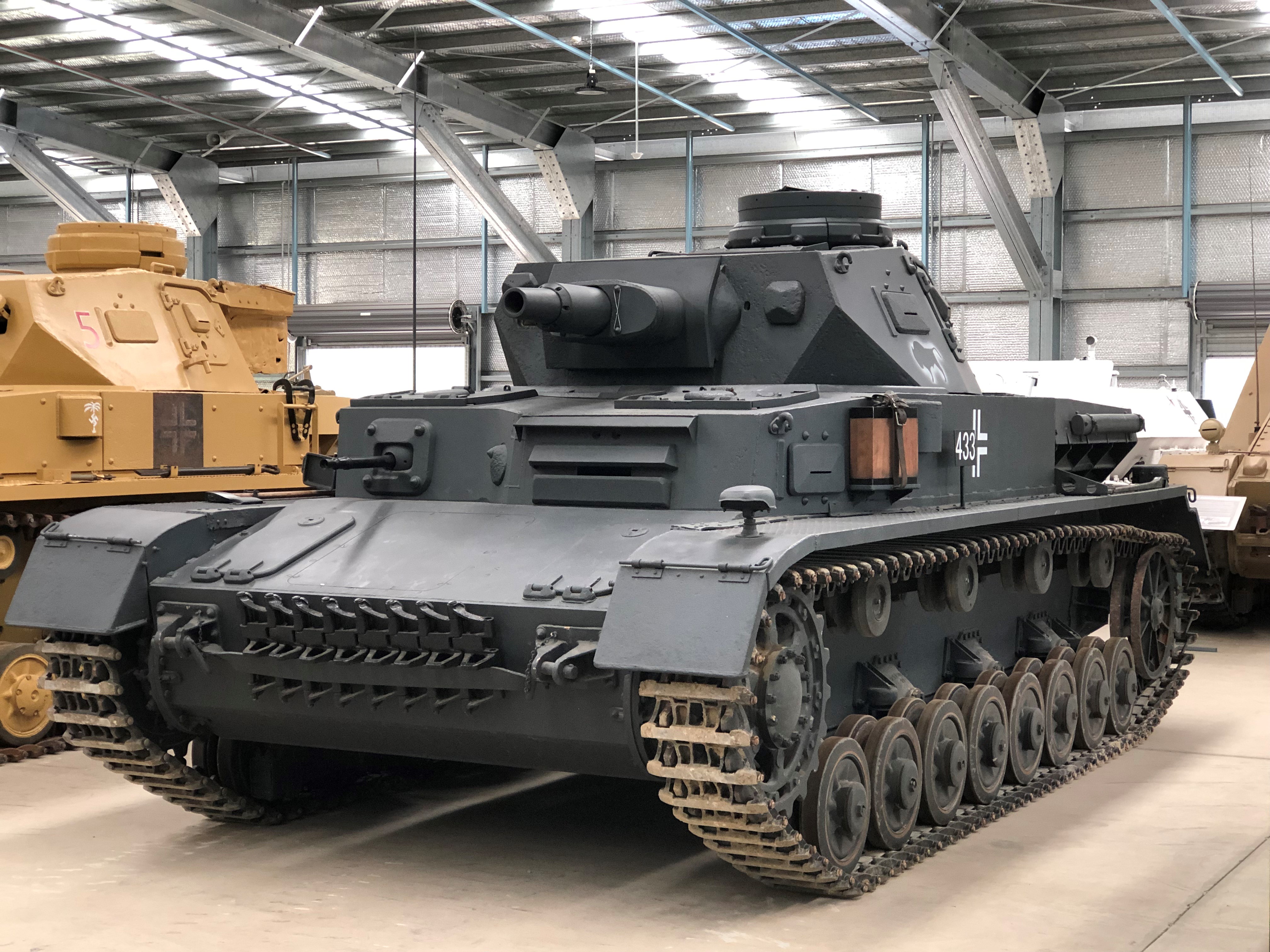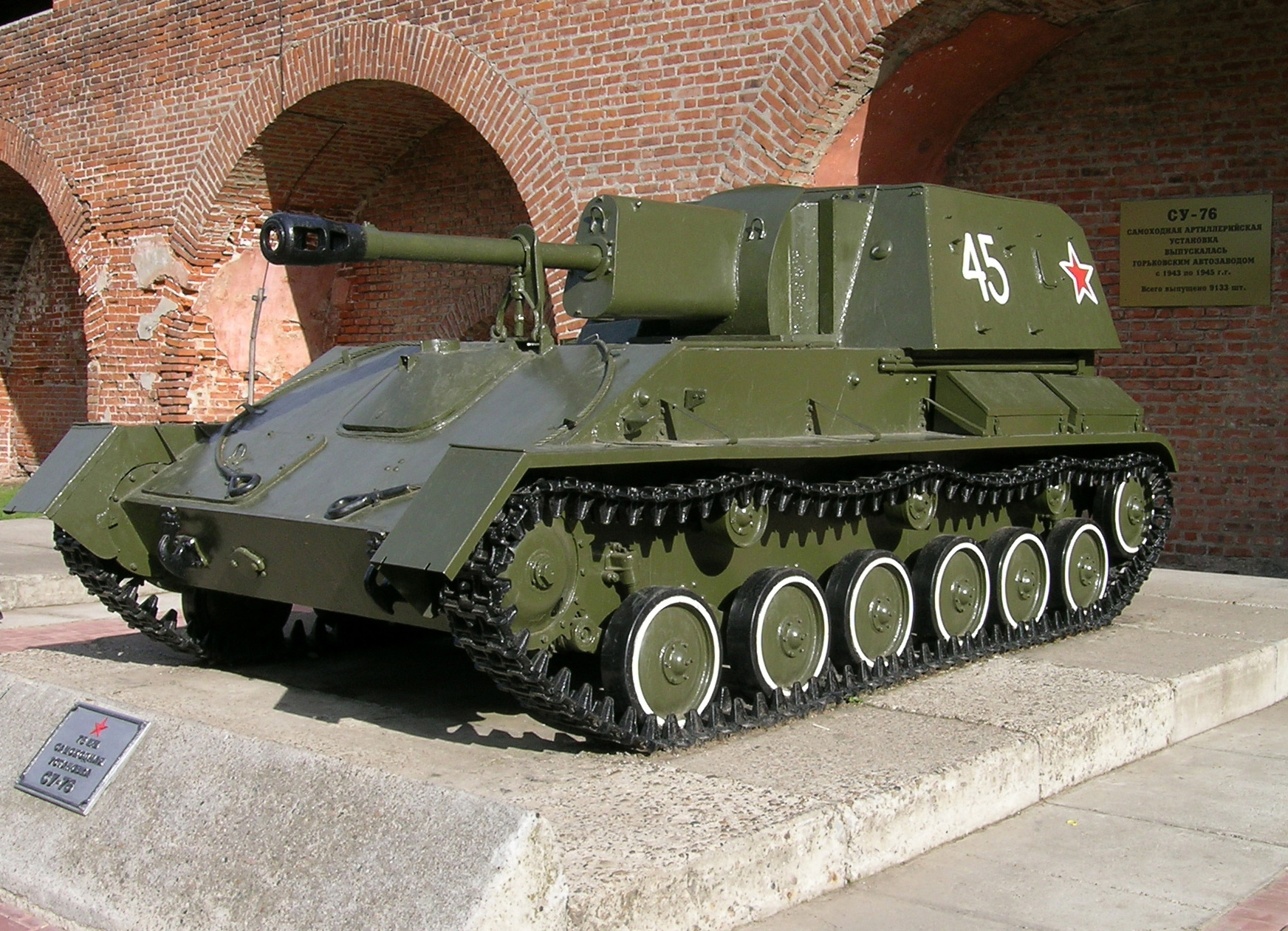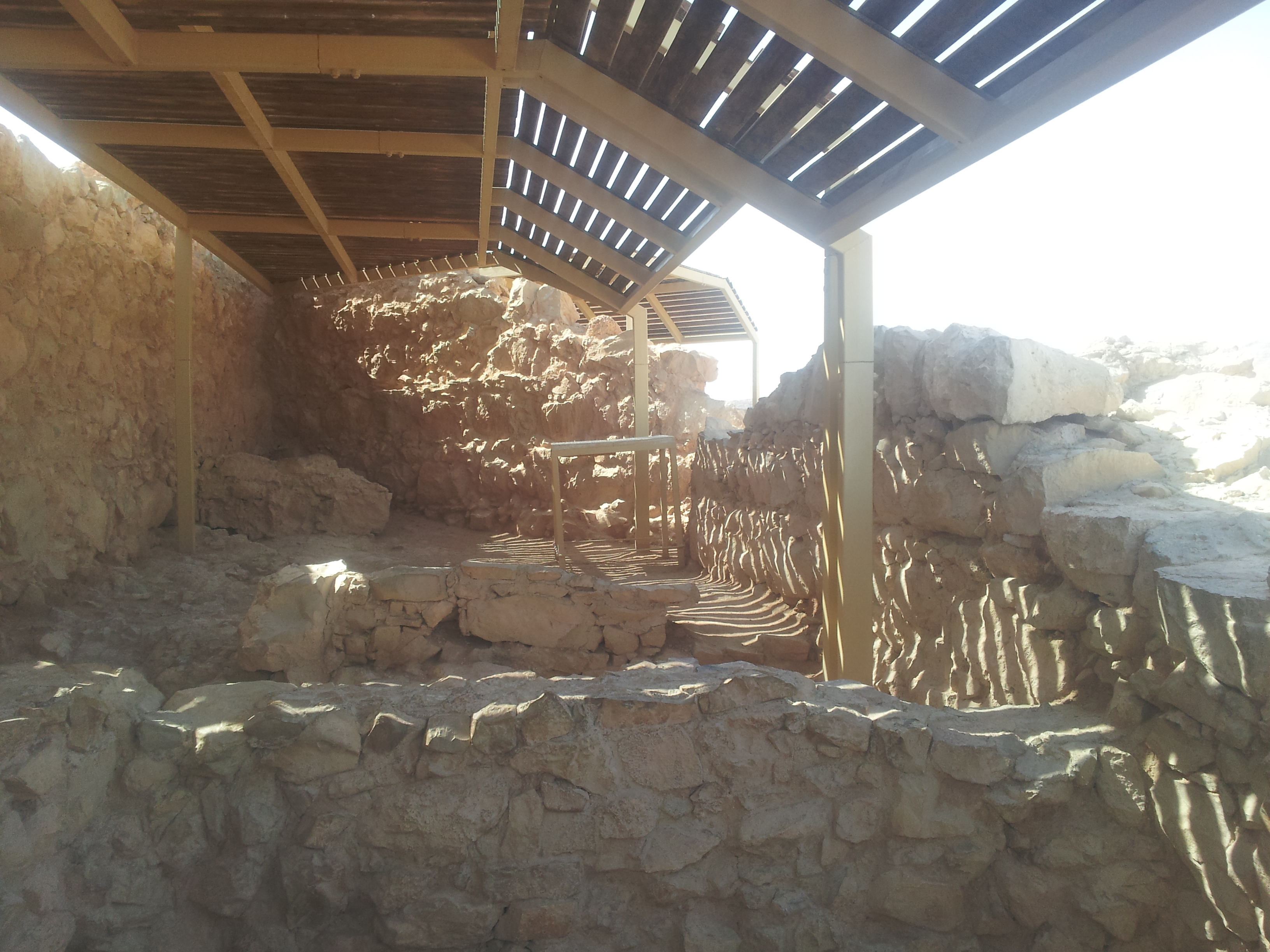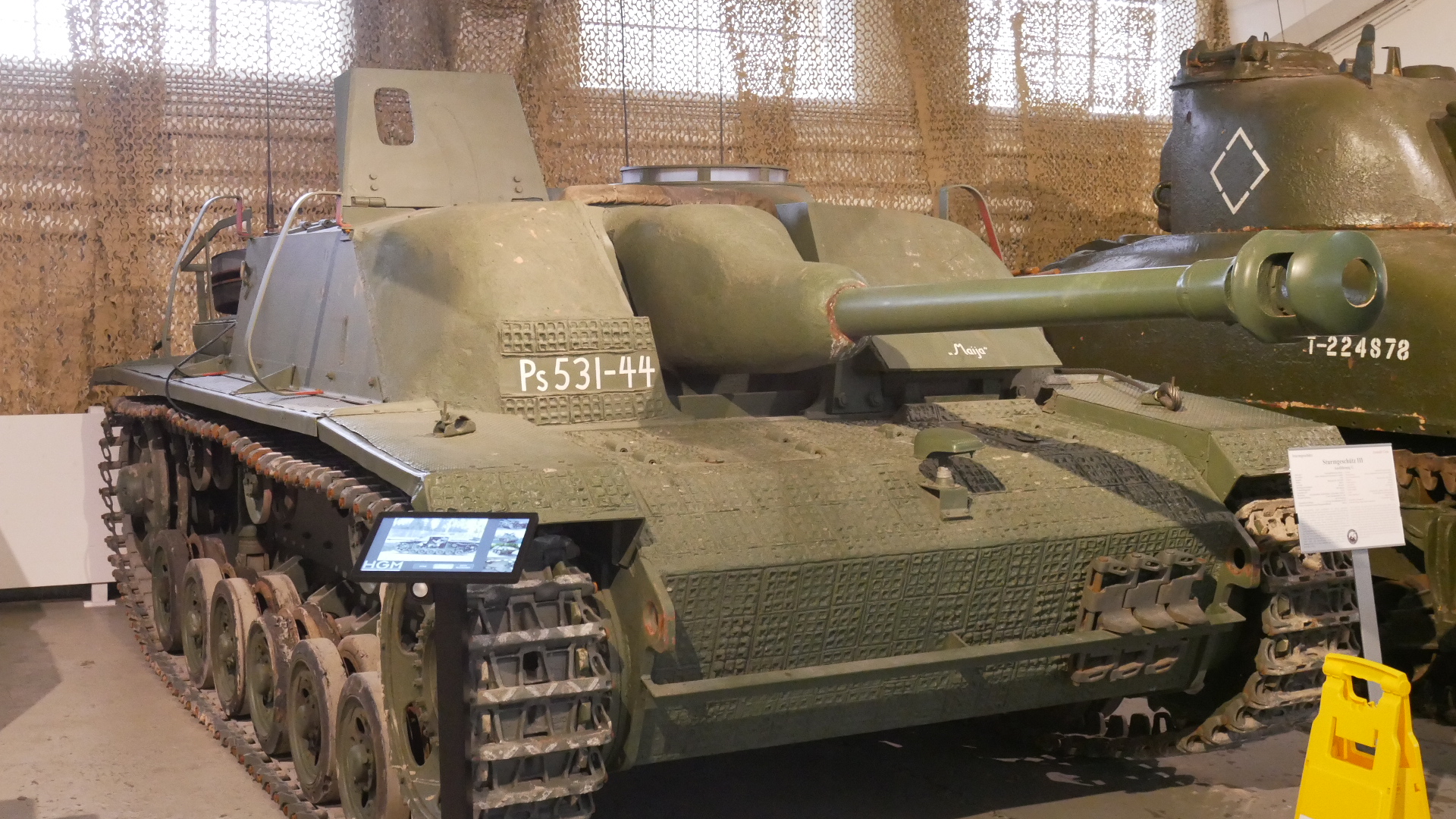|
Brummbär
The (also known as or ''Sd.Kfz. 166'') is a German armoured infantry support gun based on the Panzer IV chassis used in the Second World War. It was used at the Battles of Kursk, Anzio, Normandy, and was deployed in the Warsaw Uprising. It was known by the nickname (German: "Grouch") by Allied intelligence, a name which was not used by the Germans. German soldiers nicknamed it the "", a contraction of the term . Just over 300 vehicles were built and they were assigned to four independent battalions. Development The was a development of the Panzer IV tank designed to provide a vehicle offering direct infantry fire support, especially in urban areas. It used a Panzer IV chassis with the upper hull and turret replaced by a new casemate-style armoured superstructure housing a new gun, the (StuH) 43 L/12 developed by Skoda. It fired the same shells as the 15 cm sIG 33 heavy infantry gun. Thirty-eight rounds, with separate propellant cartridges, could be carried. It used the ... [...More Info...] [...Related Items...] OR: [Wikipedia] [Google] [Baidu] |
Panzer IV
The IV (Pz.Kpfw. IV), commonly known as the Panzer IV, is a German medium tank developed in the late 1930s and used extensively during the Second World War. Its ordnance inventory designation was Sd.Kfz. 161. The Panzer IV was the most numerous German tank and the second-most numerous German fully tracked armoured fighting vehicle of the Second World War; 8,553 Panzer IVs of all versions were built during World War II, only exceeded by the StuG III assault gun with 10,086 vehicles. Its chassis was also used as the base for many other fighting vehicles, including the assault gun, the self-propelled anti-tank gun, the and self-propelled anti-aircraft gun, and the self-propelled gun. The Panzer IV saw service in all combat theatres involving Germany and was the only German tank to remain in continuous production throughout the war. The Panzer IV was originally designed for infantry support, while the similar Panzer III was to fight armoured fighting vehicles. However, ... [...More Info...] [...Related Items...] OR: [Wikipedia] [Google] [Baidu] |
Assault Gun
An assault gun (from , , meaning "assault gun") is a type of armored infantry support vehicle and self-propelled artillery, mounting an infantry support gun on a protected self-propelled chassis, intended for providing infantry with heavy direct fire support during engagement, especially against other infantry or fortified positions, secondarily also giving some armored protection and anti-armor capability. Assault guns were pioneered by the Soviet Union and Nazi Germany during the 1930s, initially being self-propelled guns with direct fire in mind (such as the Soviet SU-5-1), with Germany introducing the first purpose-built (and purpose-named) assault gun, the , in 1940. Concept, doctrine and design The concept of the assault gun can be simplified into: a protected self propelled infantry gun, intended for the infantry brigades, in order to give infantry: mobile heavy direct fire capability against protected enemy positions and threats, which can move with infantr ... [...More Info...] [...Related Items...] OR: [Wikipedia] [Google] [Baidu] |
Zimmerit
''Zimmerit'' was a paste-like coating used on mid- and late-war German armored fighting vehicles during World War II. It was used to produce a hard layer covering the metal armor of the vehicle, providing enough separation that magnetically attached anti-tank mines would fail to stick to the vehicle, despite Germany being the only country to use magnetic anti-tank mines in numbers. ''Zimmerit'' was often left off late-war vehicles due to the unfounded concern that it could catch fire when hit. It was developed by the German company Chemische Werke Zimmer & Co (Berlin). Operation The coating was a barrier that prevented direct contact of magnetic mines with metal surfaces of vehicles. The magnetostatic field decreases very rapidly, with the cube of distance; the non-magnetic coating holds the magnet of the mine too far from the steel of the vehicle for it to adhere. The coating was normally ridged to increase the distance between the magnet and the armor even further, as the h ... [...More Info...] [...Related Items...] OR: [Wikipedia] [Google] [Baidu] |
List Of WWII Maybach Engines
This is an incomplete list of gasoline engines designed by Maybach AG, manufactured by Maybach and other firms under licence, and fitted in various German tanks (German: , French: ) and half-tracks before and during World War II. Until the mid 1930s, German military vehicle manufacturers could source their power plants from a variety of engine makers; by October 1935 the design and manufacture of almost all tank and half-track engines was concentrated in one company, Maybach AG, located in Friedrichshafen on Lake Constance, S. Germany. Friedrichshafen was also home to the Zahnradfabrik (ZF) factory which made gearboxes for Panzer III, IV, and Panther tanks. Both Maybach and ZF (and Dornier) were originally subsidiaries of Luftschiffbau Zeppelin GmbH, which also had a factory in the town. The firm designed and made a wide range of 4, 6, and 12-cylinder engines from 2.5 to 23 litres; these powered the basic chassis designs for approximately ten tank types (including tank hunte ... [...More Info...] [...Related Items...] OR: [Wikipedia] [Google] [Baidu] |
Casemate
A casemate is a fortified gun emplacement or armoured structure from which guns are fired, in a fortification, warship, or armoured fighting vehicle.Webster's New Collegiate Dictionary When referring to antiquity, the term "casemate wall" means a double city wall with the space between the walls separated into chambers, which could be filled up to better withstand battering rams in case of siege (see .) In its original early modern meaning, the term referred to a vaulted chamber in a fort, which may have been used for storage, accommodation, or artillery which could fire through an opening or embrasure. Although the outward faces of brick or masonry casemates proved vulnerable to advances in artillery performance, the invention of reinforced concrete allowed newer designs to be produced well into the 20th century. With the introduction of ironclad warships, the definition was widened to include a protected space for guns in a ship, either within the hull or in the low ... [...More Info...] [...Related Items...] OR: [Wikipedia] [Google] [Baidu] |
Škoda Works
The Škoda Works (, ) was one of the largest European industrial conglomerates of the 20th century. In 1859, Czech engineer Emil Škoda bought a foundry and machine factory in Plzeň, Bohemia, Austria-Hungary that had been established ten years previously, founding Škoda Works. By World War I, Škoda Works had become the largest arms manufacturer in Austria-Hungary, supplying the Austro-Hungarian army with mountain guns, mortars and machine guns, including the Škoda M1909, and the ships of the Austro-Hungarian navy with heavy guns. After the war and the creation of the First Czechoslovak Republic, the company, previously focusing on the manufacturing of armaments, diversified and became a major manufacturer of locomotives, aircraft, ships, machine tools, steam turbines, equipment for power utilities, among other industrial products. The deteriorating political situation in Europe by the latter half of the interwar period eventually led to a renewed focus on armament ... [...More Info...] [...Related Items...] OR: [Wikipedia] [Google] [Baidu] |
15 Cm SIG 33
The 15 cm sIG 33 (schweres Infanteriegeschütz 33, lit. "heavy infantry gun") was the standard German heavy infantry gun used during Second World War. It was the largest weapon ever classified as an infantry gun by any nation.Hogg, p. 26 Its weight made it difficult to use in the field, and the gun was increasingly adapted to various ''ad hoc'' mobile mounting, which were generically referred to as the SIG 33. Development Sources differ on the development history, but the gun itself was of conventional design. Early production models were horse-drawn, with wooden wheels. Later production models had pressed steel wheels, with solid rubber tires and air brakes for motor towing, albeit at a low speed (only carriages with pneumatic tires and suspension system could be towed at highway speeds). As with most German artillery carriages, the solid rubber tires and lack of springing meant that the gun could not safely be towed above 10 mph, and horse-drawing was still extensive ... [...More Info...] [...Related Items...] OR: [Wikipedia] [Google] [Baidu] |
Sturmgeschütz III
The ''Sturmgeschütz'' III (StuG III) was an assault gun produced by Nazi Germany during World War II. It was the most-produced German Continuous track, fully tracked armoured fighting vehicle, and second-most produced German armored combat vehicle of any type after the Sd.Kfz. 251 half-track. It was built on a slightly modified Panzer III chassis, replacing the turret with Casemate#Armoured vehicles, an armored, fixed superstructure mounting a more powerful gun. Initially intended as a mobile assault gun for direct-fire support for infantry, the StuG III was continually modified, and much like the later ''Jagdpanzer'' vehicles, was employed as a tank destroyer. Development The ''Sturmgeschütz'' originated from German experiences in World War I, when it was discovered that, during the offensives on the Western Front (World War I), Western Front, the infantry lacked the means to engage fortifications effectively. The artillery of the time was heavy and not mobile enough to kee ... [...More Info...] [...Related Items...] OR: [Wikipedia] [Google] [Baidu] |
MP 40
The MP 40 () is a submachine gun chambered for the 9×19mm Parabellum cartridge. Developed in Nazi Germany, it saw extensive service in the Axis powers , Axis forces during World War II. Designed in 1938 by Heinrich Vollmer with inspiration from its predecessor the , it was heavily used by infantrymen (particularly by platoon- and squad-leaders), and by Fallschirmjäger (World War II), paratroopers, on the Eastern Front (World War II), Eastern and Western Front (World War II), Western Fronts as well as by the crews of armoured fighting vehicles. Its advanced and modern features made it a favorite among soldiers and popular in countries from various parts of the world after the war. The Allies of WWII , Allies often referred to the MP 40 as the "Schmeisser", after the firearms-designer Hugo Schmeisser (1884-1953). In 1917 Schmeisser had designed the MP 18, which was the first mass-produced submachine gun. He did not, however, have anything to do with the design or developmen ... [...More Info...] [...Related Items...] OR: [Wikipedia] [Google] [Baidu] |
Tiger I
The Tiger I () was a Nazi Germany, German heavy tank of World War II that began operational duty in 1942 in North African Campaign, Africa and in the Soviet Union, usually in independent German heavy tank battalion, heavy tank battalions. It gave the German Army (1935–1945), German Army its first armoured fighting vehicle that mounted the 8.8 cm KwK 36, KwK 36 gun (derived from the 8.8 cm Flak 18/36/37/41, 8.8 cm Flak 36, the famous "eighty-eight" feared by Allied troops). 1,347 were built between August 1942 and August 1944. After August 1944, production of the Tiger I was phased out in favour of the Tiger II. While the Tiger I has been called an outstanding design for its time, it has also been criticized for being overengineering, overengineered, and for using expensive materials and labour-intensive production methods. In the early period, the Tiger was prone to certain types of track failures and breakdowns. It was expensive to maintain, but generally mec ... [...More Info...] [...Related Items...] OR: [Wikipedia] [Google] [Baidu] |
Allies Of World War II
The Allies, formally referred to as the United Nations from 1942, were an international Coalition#Military, military coalition formed during World War II (1939–1945) to oppose the Axis powers. Its principal members were the "Four Policemen, Big Four" – the United Kingdom, United States, Soviet Union, and Republic of China (1912–1949), China. Membership in the Allies varied during the course of the war. When the conflict broke out on 1 September 1939, the Allied coalition consisted of the United Kingdom, French Third Republic, France, and Second Polish Republic, Poland, as well as their respective Dependent territory, dependencies, such as British Raj, British India. They were joined by the independent dominions of the British Commonwealth: Canada, Australia, Dominion of New Zealand, New Zealand and Union of South Africa, South Africa. Consequently, the initial alliance resembled Allies of World War I, that of the First World War. As Axis forces began German invasion of ... [...More Info...] [...Related Items...] OR: [Wikipedia] [Google] [Baidu] |
Ciężkie Działo Szturmowe Brummbar Na Froncie Pod Nettuno - Anzio (2-2176)
Ciężkie is a village in the administrative district of Gmina Wojcieszków, within Łuków County, Lublin Voivodeship, in eastern Poland. It lies approximately north-east of Wojcieszków, south of Łuków, and north of the regional capital Lublin Lublin is List of cities and towns in Poland, the ninth-largest city in Poland and the second-largest city of historical Lesser Poland. It is the capital and the centre of Lublin Voivodeship with a population of 336,339 (December 2021). Lublin i .... References Villages in Łuków County {{Łuków-geo-stub ... [...More Info...] [...Related Items...] OR: [Wikipedia] [Google] [Baidu] |







